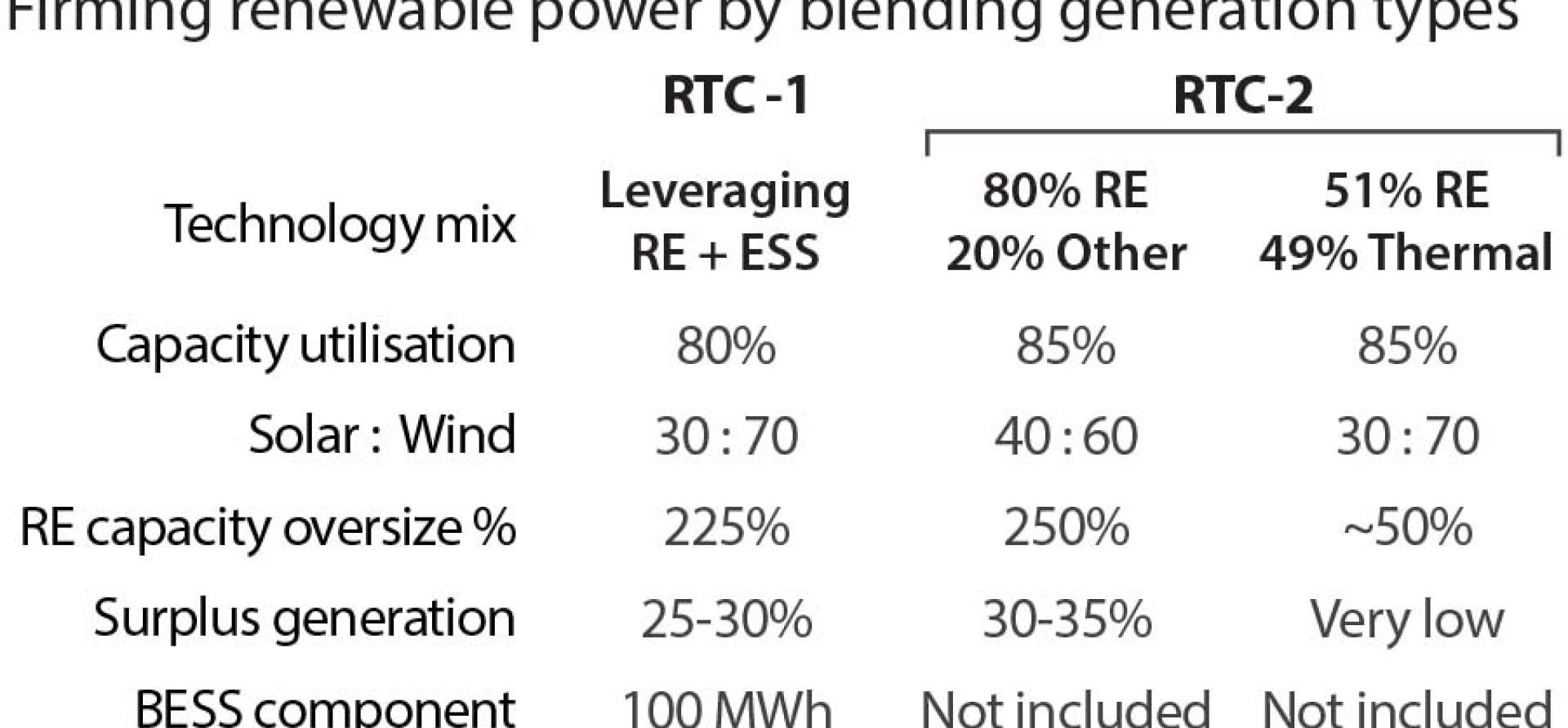IEEFA India: How round-the-clock renewables point to optimum use of energy generation and infrastructure

Supply of renewable energy-integrated power should not come at the expense of stability of the electricity grid. In fact, it needs to contribute in ways that enhance grid safety and overall energy security.
In India, the need of the hour is implementing demand-oriented approaches for integrating variable renewable energy such as wind and solar energy into the electricity grid.
At COP 26 in Glasgow, Prime Minister Narendra Modi announced that India aims to achieve 500 gigawatts (GW) of installed power capacity from non-fossil sources by 2030 and meet 50% of its energy requirement from renewable sources by 2030.
India’s rate of renewable energy installation over the past decade has been commendable. As of September 2021, the share of renewable energy was approximately 26% of the country’s total installed capacity (~391GW). However, renewable energy’s representation has been disproportionately smaller (~10%) in the context of share in overall electricity generation.
In states with relatively high variable renewable energy capacity, such as Karnataka and Tamil Nadu, State Load Despatch Centres (SLDCs) often instruct renewable energy developers to back-down solar and wind power generation, citing concerns for grid safety and power supply reliability.

Firming renewable power by mixing generation types
Variable renewable energy’s intermittent and infirm nature is a challenge for maintaining the grid balance – fluctuations in feed-in substantially stress the grid.
Capacity addition of renewables must follow the trajectory required to fulfil the country’s renewable energy target and the power that is generated must have unrestricted access to the grid.
Lately, there has been uncertainty over existing coal-based thermal power. In several parts of India, there were power outages due to coal shortages in coal-fired power plants. The huge surge in import prices for coal (from $50 per tonne in August 2020 to more than $200 per tonne in October 2021) led to a sharp rise in demand for local coal, disrupting the domestic supply chain operations.
The cost per kWh of new thermal power is already significantly higher than even that of renewable-plus-storage power
Further, the cost per kWh of new thermal power is already significantly higher than even that of renewable-plus-storage power.
Consolidating 24/7 variable renewable energy-integrated firm power can ensure reliable generation and supply.
In India, the evolution of renewable energy tenders – from plain vanilla solar/wind to hybrid to assured peak power to round the clock (RTC) – highlights the increasing focus on firming of variable renewable energy-integrated power. Discoms are now driving the next set of tenders and auctions to manage their RTC requirements with renewable energy sources meeting 80-85% annual capacity utilization factor (CUF) conditions in peak and off-peak hours alike. Reducing intermittency of VRE by blending power (from varied primary sources) with or without integrated energy storage systems (ESS) makes the best use of energy and infrastructure.
In October 2019, the Solar Energy Corporation of India (SECI) issued the first-ever RTC tender for 400MW (RTC-1). In May 2020, the RTC-1 auction set the lowest bid (L1) tariff for the first year of the power purchase agreement (PPA) at Rs2.9/kWh (3% annual escalation for the first 15 years).
In March 2020, the SECI 5,000MW RE-plus-thermal (RTC-2) tender was announced (the capacity was reduced to 2,500MW in December 2020). For the RTC-2 auction conducted in October 2021, the L1 tariff was Rs3.01/kWh.
These tenders are nominally “RTC” as they mandate minimum annual CUFs of only 80% or 85%. Stiff tender conditions, such as the high penalty fee of 300%-400% of the tariff for energy supply shortfall, calls for a more meticulous project design.
It is critical to employ creative techno-commercial strategies using a mix of renewable power, thermal/conventional power and ESS.
Long-term, a renewable-plus-battery energy storage system would most likely be the go-to round-the-clock model
Based on financial modelling by JMK Research and IEEFA, in the short to medium term, a renewable-plus-thermal model for RTC power supply would qualify as the best solution. Long-term, a renewable-plus-battery energy storage system (BESS) would most likely be the go-to RTC model.
And for a future 100% CUF-mandated project, a renewable-plus-BESS model would be the key to the most economical and assured supply of firm power.
India also should explore options beyond physical aggregation of generation resources and storage technologies. Among other options, it could adopt suitable system-friendly power supply models practised in other countries, such as virtual power systems. In parallel, India’s renewables industry also needs to focus on the indigenisation of value chains linked to solar photovoltaics and lithium batteries as a means of enhancing the cost-effectiveness of future “pure RTC” power supply projects.
Jyoti Gulia is Founder of JMK Research & Analytics
Akhil Thayillam is a Research Associate at JMK Research & Analytics
This article was published in PV Magazine India.
Related articles
IEEFA/JMK Research: Round-the-clock tenders can help meet demand for firm renewable power
IEEFA India: Financing options must be scaled up to boost adoption of rooftop solar
IEEFA: Commercial and industrial rooftop solar installs set to increase in India












